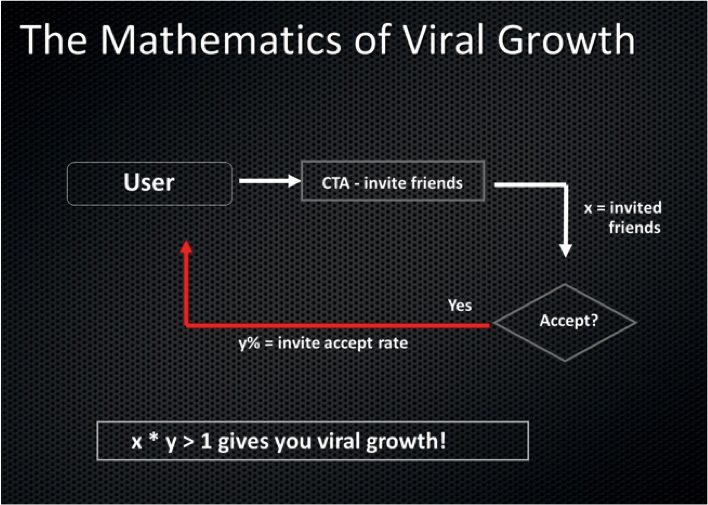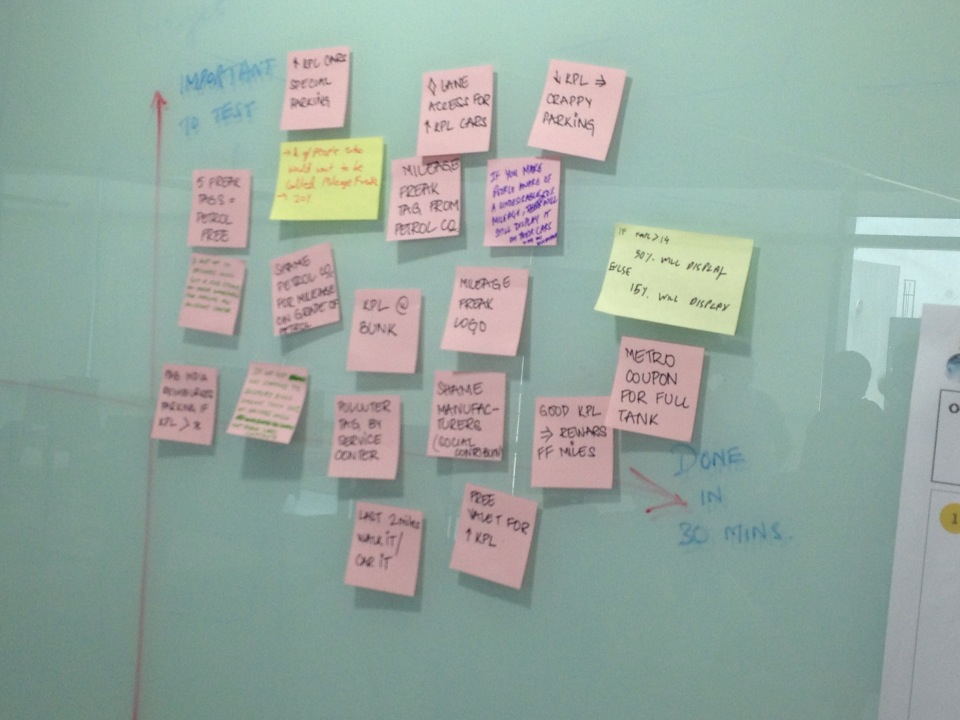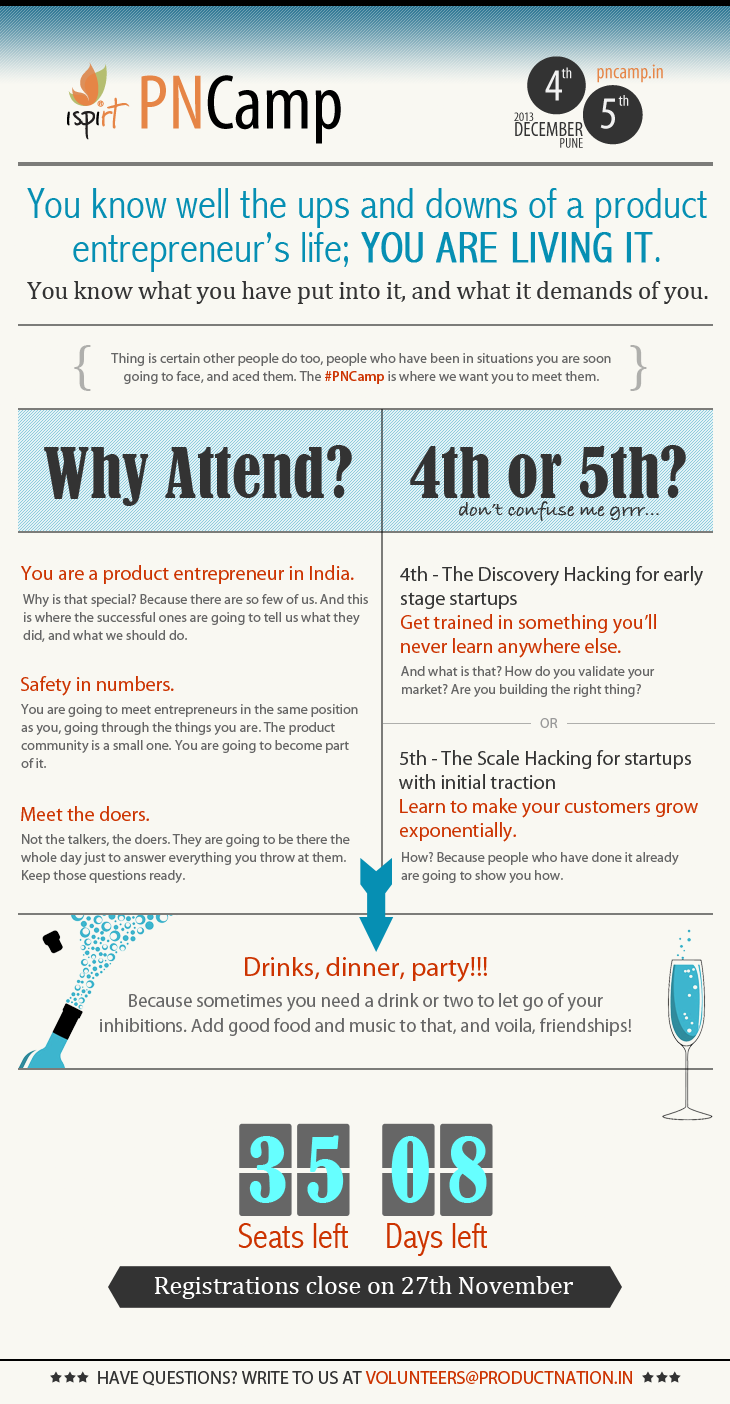As an eco-system builder, I’m always challenged with finding more Founders to contribute or help other early stage Founders. Normally, successful people have very little time to contribute and many a times, there is no formal platform which allows them to engage on an ongoing basis. Unfortunately, our eco-system has many fake mentors and founders who know it all 🙁
I have been fortunate to have access to a lot of Founders who are willing to help and share their learnings with early stage, growth stage companies..,but it has always been a challenge to expand this pool.
A couple of months back, Amarpreet Kalkat of Frrole had reached out to me on why most of the iSPIRT activities are focused only around Founders. How do we extend the same by involving some of the team members in a startup to leverage and also contribute back to the eco-system?
Sometime back, I got a call from Laxman Papineni of AppVirality, he came up with a brilliant suggestion on how he as a Founder would like to get more value from the heads of growth, marketing, product, tech from a well established company. I remember one of the Playbook done by Paras Chopra, Wingify in Delhi on Content marketing, he invited his head of Growth to share their learnings on what worked and what didn’t work for them. Girish Mathrubootham from Freshdesk at SaaSx3 had invited his team to share their learnings and few months back Ankit Oberoi of AdPushUp invited his colleagues to share their learnings on Content Marketing Playbook.
So, I believe there is a lot of knowledge sitting inside a company which is still untapped and the eco-system is yet to leverage that. Thanks to Laxman, who put a working document and has been kind enough to be an early customer for this beta program called #BeyondFounders.
So, What is that we are trying to solve?
If you’re a founder of SaaS company having trouble figuring/building outbound sales channel. It’s not necessary that you have to wait for Girish (Freshdesk) suggestion or mentorship, you can simply talk to the person who is incharge of Outbound sales at Freshdesk. But, how could you find them? That’s what we are gonna solve here.
Let’s just say that you have persistent problems with breaking that glass ceiling of the elusive 1K/10K MRR figure in Sales – and now you fear plateauing from here on. What if someone just showed you that small process refinement in your Sales cycle that could do the trick and turn the tide?
Apart from Sales, we would like to explore areas like Product Management, Operational Excellence, Growth Hacking.
How do we solve this?
BeyondFounders is an initiative to help startup Founders, equipped with a clear vision and a pinpoint challenge, find the right person (Founder or an executive from a fellow successful startup) to solve their burning problems.
For example: A startup founder with $10K MRR finding it hard to build the right sales process and team to scale further, is looking for an advice from Founder/Head of Sales at a successful startup who have reached $100K MRR.
The Mechanics of #BeyondFounders
How does this work? – Entrepreneurs-in-need fill a detailed form about themselves, their startup, stage they are at, challenges they face, who would they want to talk to (if any preference, so we can request them), etc.
Is this FREE? No, you would be paying back to the community by helping your fellow Entrepreneurs-in-need.
Mentors:
Why should I help? What’s in it for me? You would be really proud helping build a great company from India. Entrepreneurs would appreciate your time and valuable suggestions and may give credits wherever possible. As a Mentor, we expect you to spend at least 60-minutes per week, whenever possible.
You, as a mentor, can either give in-person slots or virtual (Phone/Skype/Hangouts).
If you would like to contribute as a mentor, do send out an email to me at avinash(at)ispirt.in on where you would like to help, the startups that you are currently with and what kind of startups would you be keen to help.
Entrepreneurs:
What type of questions can I ask? You should be really really straight with the challenge/problem you’re facing. You can’t come up with a broad problem like “How can I improve my revenue” or “How can I scale by tech infra”. Instead, you should come with questions like “I’m doing XYZ already, how can I generate more leads via outbound” or “How do I improve API response time handling data update asynchronously”.
If you are a startup who would like to be part of this program, do fill out this form, we are only looking at doing a beta program with 5 companies for the next 3-4 months. Please apply before 20th February 2017. We hope to start the first batch of 5 companies by 2nd March 2017
If you would like to volunteer and help in this program managing this, do write to me at avinash(at)ispirt.in
Thanks to Laxman Papineni of AppVirality whose brainchild this program is. Hoping that you can leverage and also contribute here.


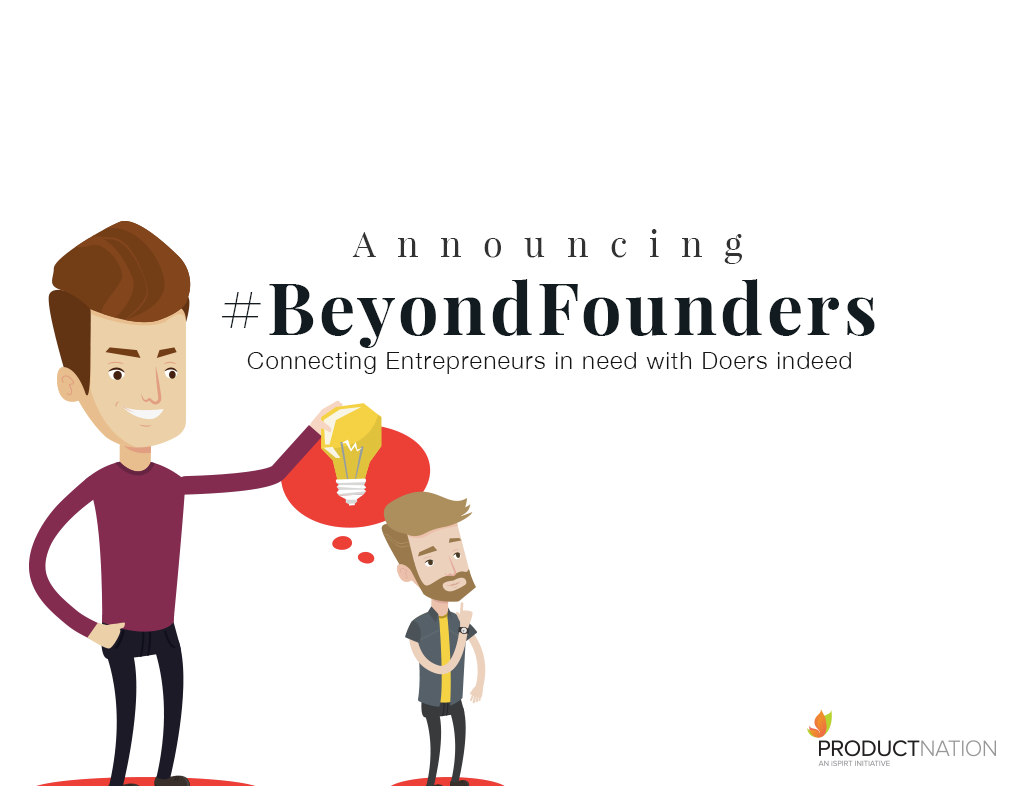
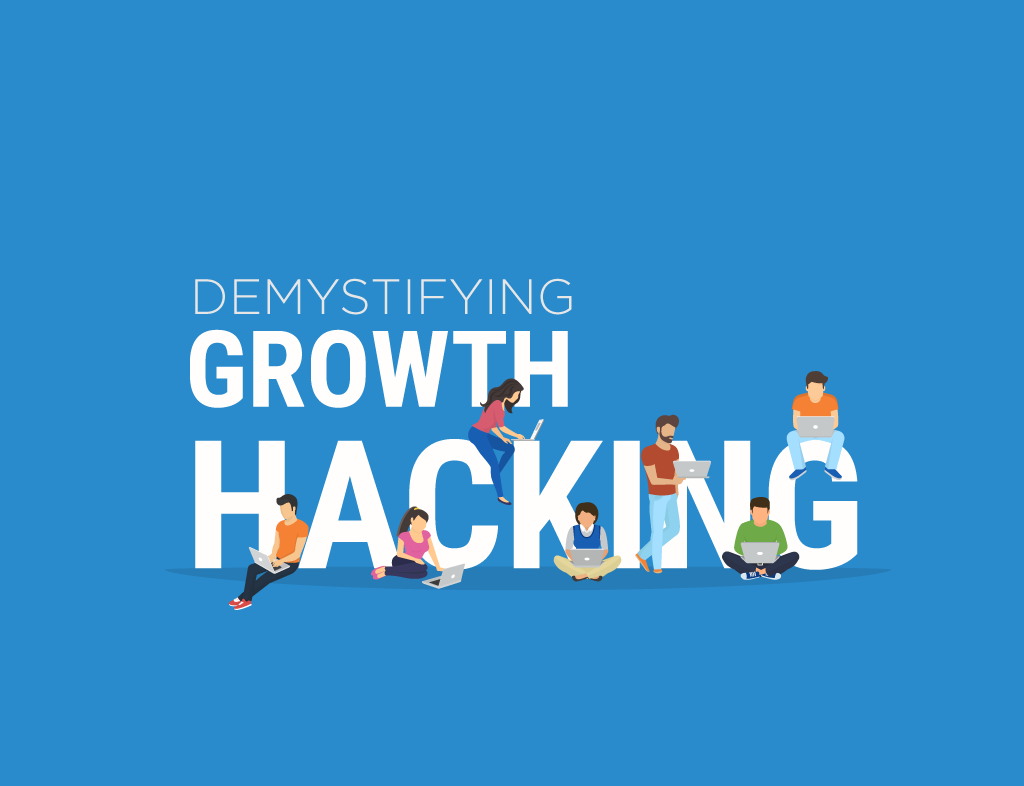
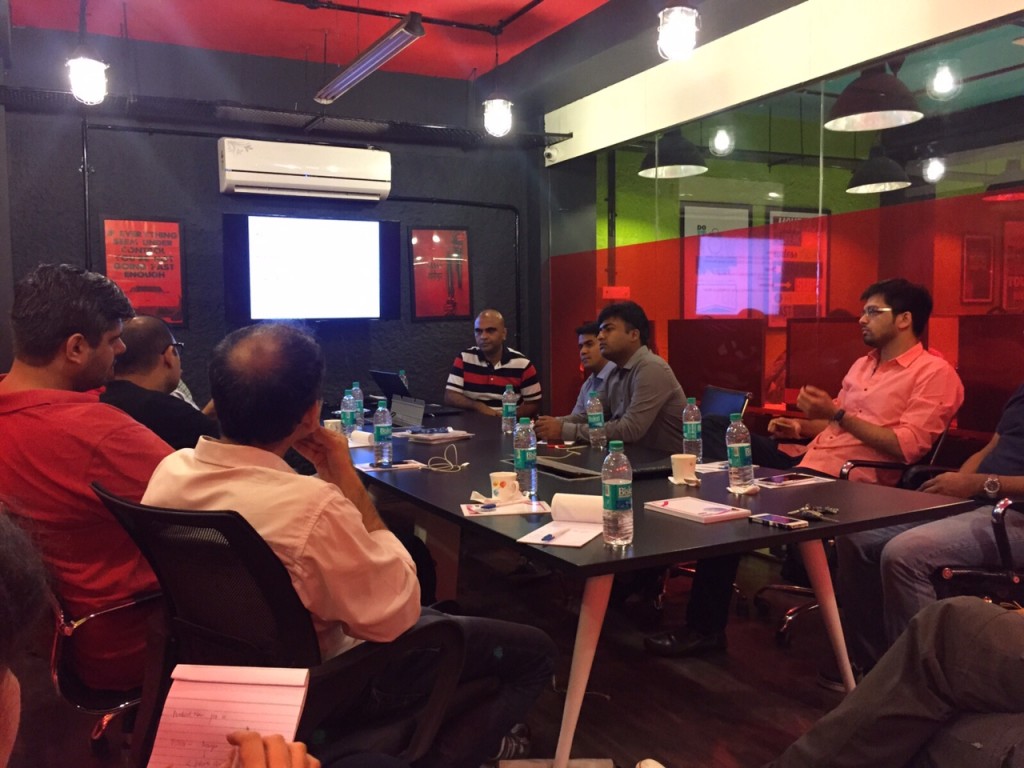 “A great product manager has the brain of an engineer, the heart of a designer, and the speech of a diplomat”
“A great product manager has the brain of an engineer, the heart of a designer, and the speech of a diplomat”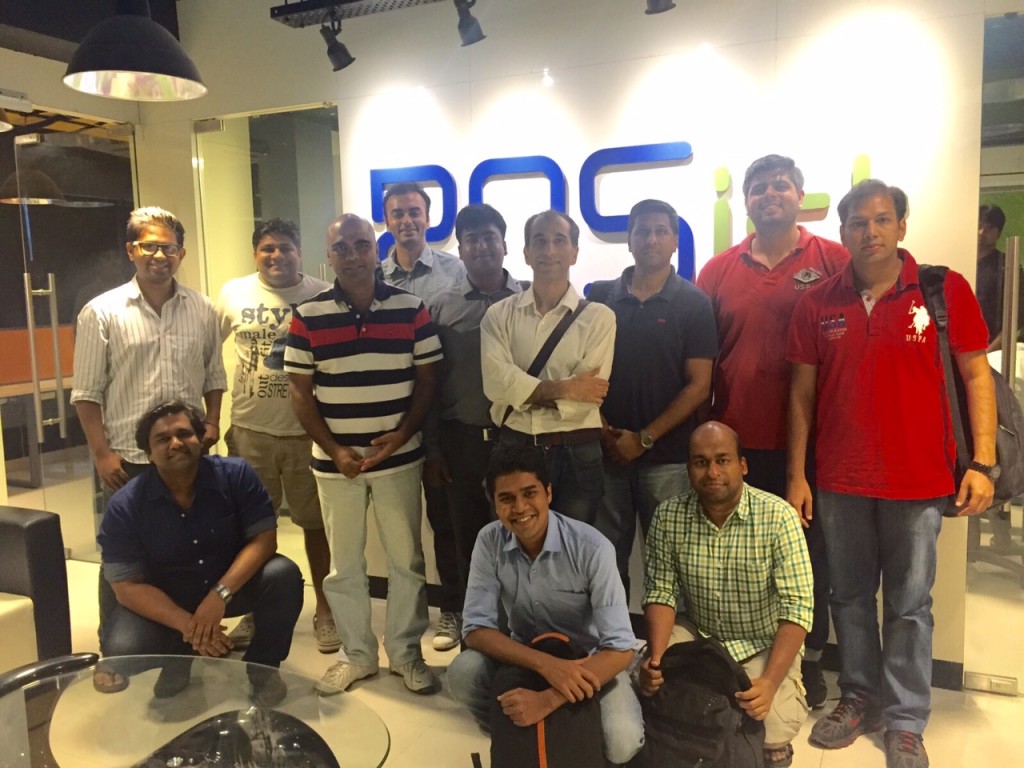 Amit emphasised the importance of tracking the product’s viral coefficient which is the number of additional members every new member brings. It should be greater than 1 for the product to become viral.
Amit emphasised the importance of tracking the product’s viral coefficient which is the number of additional members every new member brings. It should be greater than 1 for the product to become viral.